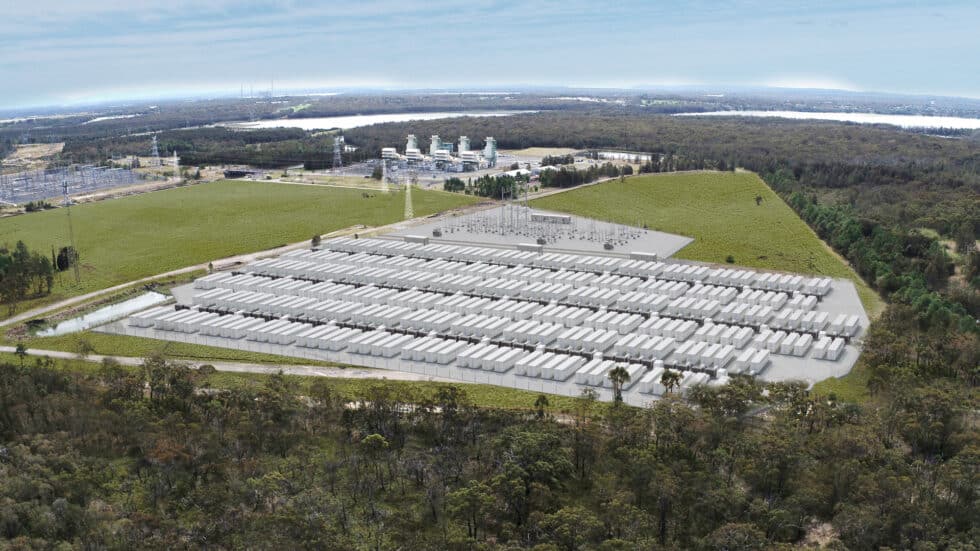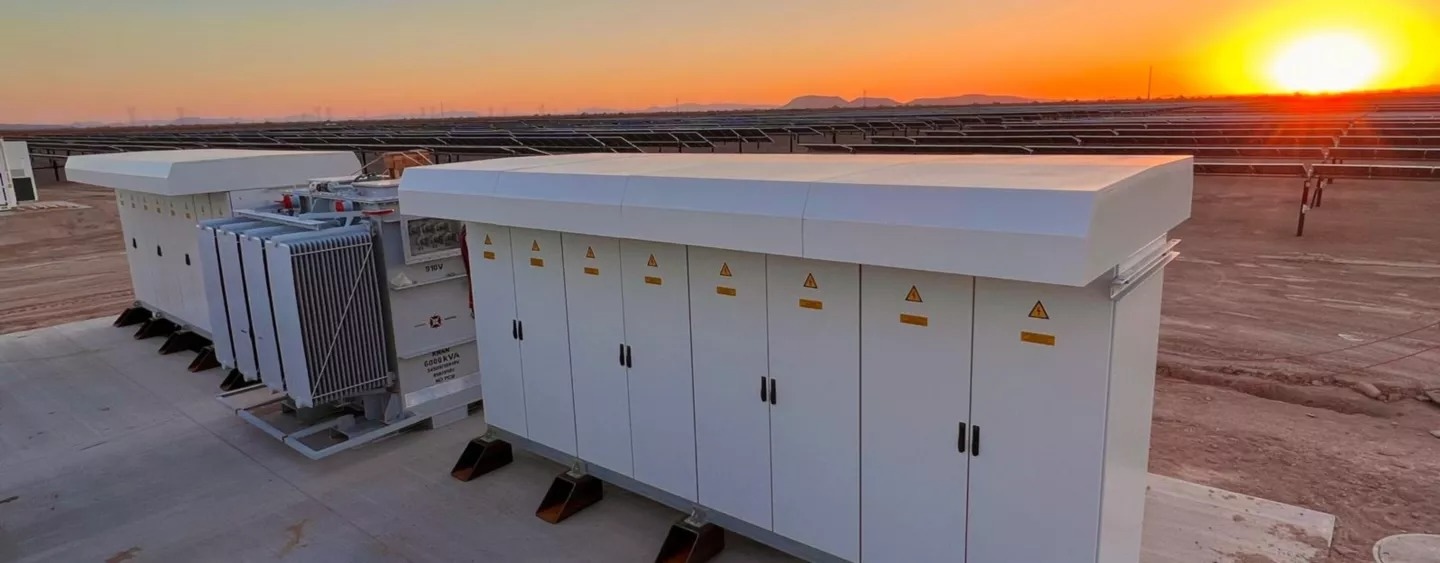Integrating Renewables Demands Greater R&D
The move toward green, clean, sustainable energy will require a massive investment in research and development (R&D) to develop the innovations that will accelerate the modernization of North America’s electrical grids. Advancements in Battery Energy Storage Solutions (BESS), from more efficient power converters to advanced energy management systems, are proof that R&D investments can have big payoffs. This will support further expansion of the BESS market, which is expected to grow more than 20 percent year over year through 2030.

Rather than a centralized model built around large power plants, the grid of the future will need to operate as a distributed network — giving operators the visibility and control they need to monitor, analyze, and maintain a growing portfolio of diverse renewable assets that help minimize costs, increase grid resiliency, and maximize revenue.
This is where innovation in energy storage plays a key role. The development of new converter systems and energy management solutions are integral technologies for managing the intermittent aspect of renewable energy generation. Learning from existing BESS projects around the globe has provided North American utilities with a blueprint for embracing similar best practices that can adapted to our unique market.
Innovations abound in energy management and battery storage
Modern grids are highly decentralized, made up of thousands of distributed energy resources (DERs), including solar and wind. These types of renewable energy generation are extremely variable, and the electrification of the economy has rapidly increased demand. At the same time, climate change, price fluctuations, and geopolitical conflicts are causing more uncertainty.
From more efficient power converters to energy management systems, innovations in BESS solutions make it faster, simpler, and more efficient to integrate renewables. Ultimately, this helps to accelerate the transition to a more sustainable energy system while complying with complex grid codes and standards (which vary across regions and countries). Here, advanced automation solutions provide grid operators with a way to monitor and control their systems, along with heightened visibility of data and intelligence needed to make critical decisions quickly.

Progress down under
One such energy space near Sydney, Australia serves as a good example of innovation by acting as a giant shock absorber, and prevented widespread blackouts during a heatwave on November 27, 2024. This 50-megawatt/1,680-megawatt hour BESS showed how innovative energy storage solutions can stabilize the grid during the same type of extreme weather conditions that the United States has been facing. The battery’s large size and unique power conversion systems ensure fast and reliable power delivery, even in the event of a major transmission outage in one of the lines feeding Sydney and the surrounding area.
More than just a battery, the BESS includes arrangements for paired generation services with wind and solar generators, upgrades to the existing transmission network, and a centralized control system. All of these energy management solutions work together to stabilize the grid and support Australia’s plans to retire the country’s coal plans, cut emissions 70 percent by 2035, and reach net zero by 2050.
The fully integrated solution — which includes an in-house energy management solution, a battery management system, and a thermal management system — is engineered for smooth control of the batteries to deliver optimal performance. This comprehensive integration not only enhances the efficiency and reliability of the energy storage solution, but also bolsters the stability and resilience of Australia’s electrical grid as the country makes the transition to renewable energy generation, and continues to meet resilience challenges.
Best practices for North America
Utilities and other energy producers in the U.S. and Canada are facing a number of complex demands converging at once; they are being asked to accommodate variable generation, integrate renewables and traditional energy sources, store energy effectively in batteries or other storage methods, all while delivering reliable and consistent electricity to customers. Innovative power conversion solutions and BESS are a key part of making it easier to meet these challenges while optimizing grid operations. As the world’s largest BESS market, North America has the potential to lead the way in innovation and investment in these technologies, helping to solve our energy challenges and ensure a sustainable future.
Alberto Prieto is the manager of Hitachi Energy Power Conversion Products, providing power conversion solutions for renewable energy integration and battery energy storage systems.
Hitachi Energy | www.hitachienergy.com
Author: Alberto Prieto
Volume: 2025 January/February









